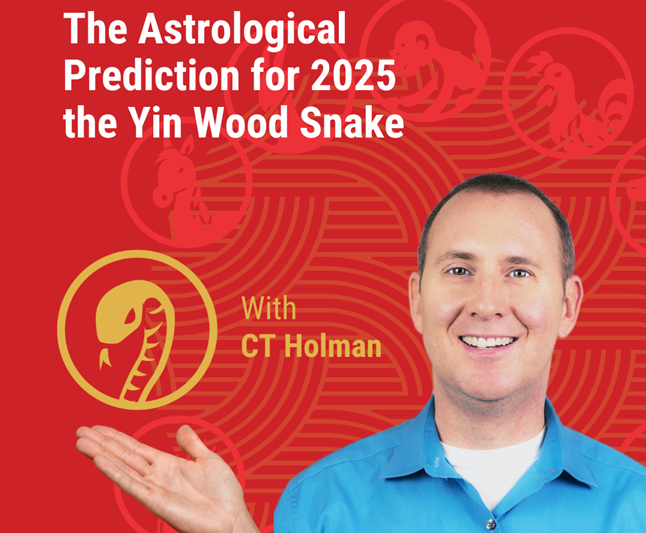Si Ma 駟馬 Three Horses (MTA - Z8.2)
An excerpt from "Extraordinary Acupoints: Atlas of Applications" by Dr Hui Zhang, PhD
About Pingheng Acupuncture (PHA, 平衡針灸)
Pingheng Acupuncture (PHA, 平衡針灸), also called Chinese Military Acupuncture is a modern acupoint system invented by Prof. Wang Wenyuan (王文遠) in the 1980s.
The theory of PHA originates from the theories of channels and nerves. PHA system only contains 39 acupoints, including external body pain points, internal organ pain points, and non-pain points. PHA was first popularized in military health care services. Thanks to its fast effectiveness, requirements of a few needles (mostly only one needle), convenience, and safety, it was honored as Countryside and Community Health Promotion Program by China’s Ministry of Health in 2005 and State Administration of Traditional Chinese Medicine in 2006.
It was selected as one of the First Promotion of Appropriate Techniques to Treat Common Diseases by the State Administration of Traditional Chinese Medicine in 2009. After over 30 years’ development, PHA has gained attraction from doctors all around China, not only in general hospitals in big cities but also in primary clinics in remote distant areas.
Now it is a common and well-known acupuncture approach to treat patients, especially those who suffer pain, mental disorders, and chronic illness. For instance, a meta-analysis showed that PHA was an effective and safe way to treat pain in Neck-Shoulder-Lower Back-Legs (Wang et al. 2015, Zhang 2016).
Z7.15 Fu Tong 腹痛 Abdominal Pain (PHA)
(“Extraordinary Acupoints: Atlas of Applications” Page 110)
Location
The same as Yang Ling Quan – GB34, which is located below the lateral aspect of the knee, in the tender depression approximately 1 cun anterior and inferior to the end of the fibula.
Manipulation
Insert perpendicularly 1-1.5 cun. For acute conditions, needle is removed after the patient has Deqi. For chronic conditions, needle can retain 30 min.

Category
Liver and Lung
Indications
(1) Abdominal pain: acute gastritis, acute enteritis, acute appendicitis, acute stomach cramps, acute pancreatitis, acute cholecystitis, and acute intestinal obstruction
(2) Gallbladder and liver channel disorders: intercostal neuralgia, acute hepatitis, chronic hepatitis, and cirrhosis
(3) Metabolism system disorders: diabetes, hypertension, low blood pressure, and hyperlipidemia
(4) Cardiovascular disorders: coronary insufficiency, coronary heart disease, and angina pectoris
(5) Allergic diseases: acute asthma and urticaria
(6) Prostatitis
(7) Health promotion
Commentary
GB34, the He-sea and earth acupoint, drains damp heat (inflammation) of the digestive system, which conforms to the metal-lung’s function. The general function of all Fu-organs is to drain turbid Qi i.e. damp, damp-heat, heat toxin, which can be categorized as metal phase. Among the Zang organs, the lung sits on the top over others and takes charge of descending and cleaning. Metal overcomes wood. Metal system acupoints incl. the lung and all Fu-organs can be selected to treat excessive conditions of the wood system i.e. liver and gallbladder. Therefore, it is categorized as the liver and lung and treats various digestive system disorders e.g. gastritis, liver cirrhosis, etc.
Since abdominal pain is a common symptom of digestive diseases, the acupoint is named Fu Tong – Abdominal Pain in PHA.
Most of the metabolism disorders e.g. diabetes, hyperlipidemia results from disturbance of digestion and damp heat as its consequence.
Various cardiovascular diseases cause pain in the chest and rib-sides. The gallbladder and liver channels run through the chest. GB34 is the Hui-meeting acupoint of sinews. Therefore, it regulates the muscles of blood vessels. The lung also regulate blood circulate by breathing. Thus, lung-metal and liver-wood maintain the cardiovascular vasomotion through astringing and dispersing. This is my understanding why GB34 can be used to treat coronary heart diseases, hypertensions, etc.
Wu et al (2004). reported that acupuncture treatment on GB34 could not only could lower blood pressure, but also prevent hypertrophy of cardiac muscle cells in spontaneous hypertensive rats.
The gallbladder channel connects to the pudendal region, so it also treats prostatitis. Damp-heat in the lower Jiao also play an essential role in the development of prostatitis.
Acute allergy is considered to wind (liver) in the lung system i.e. skin, nose, throat, trachea, large intestine and stomach. Chronic allergy is frequently caused by damp heat in the lung i.e. large intestine and stomach. Additionally, chronic allergy is also caused by wind-heat due to liver blood deficiency. Thus, GB34 treats various allergies.
Guo (2012) reported that the combination of GB34, ST40, LU6, and RN17 showed the same antiasthmatic effect as western medicine. The acupuncture treatment reduced the eosinophil level in the blood samples of asthma patients.
Thanks to above functions, GB34 is highly recommended for disease prevention and health promotion.
About the Book
Explanations and commentaries of acupoints’ indications are based on its location and internal connection to Zang and Fu organs and various structures of the body e.g. brain, uterus, throat, etc. Most of the explanations are enlightened by my research of Ling Shu (灵枢, Spiritual Pivot), MTA, and bio-medicine.
Explanations of the indications were based on EA’s location and internal connections to Zang and Fu organs and various structures of the body e.g. brain, uterus, throat etc. Most of the explanations were enlightened by my research of Ling Shu (灵枢, Spiritual Pivot) , MTA, neurology, and biomedicine. Actually, plenty of EA can be regarded as an extension of the standard acupoints. For instance, Zu Er Huo (Z6.1), including Huo Zhu and Huo Ying, are located in the region of Tai Chong – LR3 and their indica-tions are closely related to Tai Chong – LR3, even though they vary from it.
How to get the book “Extraordinary Acupoints: Atlas of Applications”?
In the EU: Press here
Exclusive TCM Academy 20% discount with promotion code: tcm academy.
Outside the EU: Check your local Amazon online shop.

Hui Zhang applies and teaches various acupuncture methods including, TCM acupuncture, WHO Standard Scalp Acupuncture, AAP (arm acupressure points), Master Tung’s Acupuncture, Pingheng Acupuncture, pestle needles (Taoist Acupuncture), Heat Sensitive Moxibustion, Tui Na (Chinese Medical Massage), Guasha, Cupping, Electricity Acupuncture, and Chinese Herbal Medicine, Chinese Medicine Psychology, etc..
He also uses Evidence-based methods in practice.






